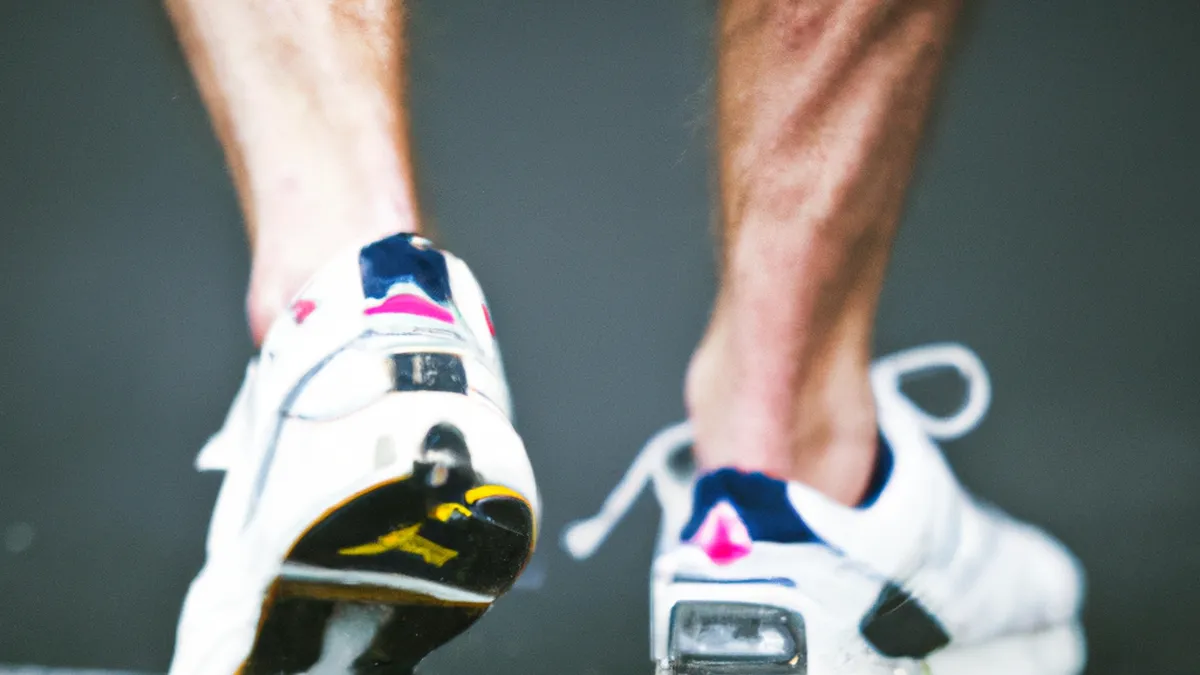Cold Therapy: Your Soreness Solution
Ice Baths for Muscle Soreness: A Comprehensive GuideAthletes and fitness enthusiasts seek effective recovery methods after intense workouts. Ice baths have become a popular technique for muscle soreness relief. These baths help reduce recovery time, allowing you to train harder and more frequently.This blog post explores ice baths’ effectiveness for muscle soreness. We provide tips on proper usage and discuss the science behind their benefits. Let’s dive in!
What Is an Ice Bath?
An ice bath involves immersing your body in cold water, typically between 50°F and 59°F (10°C to 15°C). Athletes usually sit in ice baths for 10 to 20 minutes, depending on tolerance. The cold water reduces inflammation and numbs sore muscles, providing relief after strenuous activities.
How Does It Work?
Submerging your body in cold water constricts blood vessels, a process called vasoconstriction. This reaction decreases blood flow to the muscles and helps reduce inflammation and swelling. After leaving the ice bath, blood vessels dilate (vasodilation), allowing fresh, oxygen-rich blood to flow back into the muscles. This cycle promotes healing by flushing out metabolic waste products, such as lactic acid.
Who Should Use Ice Baths?
Ice baths benefit athletes who engage in high-intensity training or endurance events. If you participate in running, cycling, swimming, or weightlifting, you may find ice baths helpful. However, individuals with certain medical conditions, such as cardiovascular issues or cold hypersensitivity, should consult a healthcare provider before trying ice baths.
The Science Behind Ice Baths
As an Amazon Associate I earn from qualifying purchases.
Gear tip: consider ice bath tub, waterproof thermometer, and circulation pump to support this topic.
Research on ice baths for muscle recovery shows mixed results, but several studies suggest benefits. A study in the *Journal of Sports Medicine* found that cold water immersion significantly reduced muscle soreness after exercise compared to passive recovery. Another study indicated that ice baths could lower inflammation markers, such as creatine kinase, elevated after strenuous workouts.However, while ice baths may reduce soreness, they do not necessarily improve muscle strength or long-term performance. Some studies suggest cold exposure might blunt adaptive responses to strength training. Therefore, athletes should consider their training goals before incorporating ice baths into their recovery routine.
Tips for Effective Ice Baths
To maximize the benefits of ice baths, follow these practical tips:1. **Start Slowly**: If you are new to ice baths, begin with shorter durations. Start with 5 minutes and gradually increase to 15 or 20 minutes as you become accustomed to the cold temperature.
Conclusion
In summary, ice baths can help reduce muscle soreness after intense workouts. However, consider your individual needs and training goals before use.
Below are related products based on this post:
FAQ
What is an ice bath?
An ice bath involves immersing your body in cold water, typically between 50°F and 59°F (10°C to 15°C). Athletes usually sit in ice baths for 10 to 20 minutes, which helps reduce inflammation and numbs sore muscles, providing relief after strenuous activities.
How do ice baths help with recovery?
Ice baths work by constricting blood vessels through a process called vasoconstriction, which decreases blood flow to the muscles and reduces inflammation. After exiting the ice bath, blood vessels dilate, allowing fresh blood to flow back into the muscles, promoting healing and flushing out metabolic waste products.
Who should consider using ice baths?
Ice baths are beneficial for athletes engaged in high-intensity training or endurance events, such as running, cycling, swimming, or weightlifting. However, individuals with certain medical conditions, like cardiovascular issues or cold hypersensitivity, should consult a healthcare provider before trying ice baths.















Post Comment